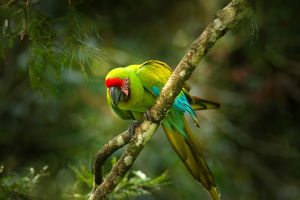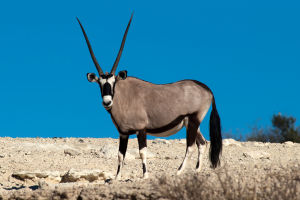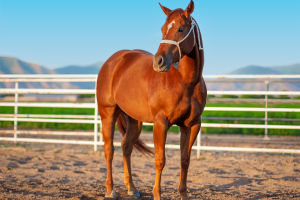
The Great Green Macaw, also known as Ara ambiguus, is one of the most stunning and endangered species in the parrot family.
With its vibrant plumage and captivating presence, this rainforest jewel commands attention wherever it resides.
Found primarily in the tropical rainforests of Central America and northern South America, the Great Green Macaw is not just a colorful spectacle, but also an essential part of its ecosystem.
A Symphony of Colors and Beauty
What makes the Great Green Macaw so striking is its combination of colors. Its dominant green feathers are complemented by splashes of blue on the wings, red on the tail feathers, and a yellowish-orange hue around the eyes. The species' large, powerful beak is ideal for cracking open hard nuts, and its expressive face, framed by a patch of bare skin, adds to the bird's charismatic allure. With these striking features, the Great Green Macaw is often called the "jewel of the rainforest."
Habitat and Range
This macaw species primarily inhabits the tropical lowland forests of the Caribbean coast of Central America, specifically in Honduras, Nicaragua, Costa Rica, and Panama. The birds also roam parts of Colombia and northern Ecuador. These birds thrive in mature rainforests with abundant tall trees, which provide shelter and a source of food. However, their preferred habitat is increasingly under threat from deforestation, making their existence even more precarious.
Diet and Feeding Habits
The Great Green Macaw is primarily frugivorous, which means its diet mainly consists of fruits, nuts, and seeds. They favor the nuts of the large tropical trees in their environment, especially the large seeds of the Brya ebenus tree, also known as the ‘guanacaste’ tree. Their strong beaks can open even the hardest shells, allowing them to access these nutritious treats.
Occasionally, they might also eat flowers and foliage. The macaw’s foraging behavior plays a crucial role in seed dispersal, helping maintain the diversity of their rainforest home.
The Threat of Extinction
Sadly, the Great Green Macaw is classified as Endangered by the International Union for Conservation of Nature (IUCN). Its population has been rapidly declining, primarily due to habitat destruction and illegal trapping for the pet trade. Logging, agricultural expansion, and human settlements are taking a toll on the dense rainforests that these birds depend on. Additionally, the pet trade has further exacerbated the problem, with the colorful birds being captured and sold as exotic pets despite legal protections.
Conservation Efforts and Hope for the Future
Fortunately, there is hope for the Great Green Macaw. Several conservation programs and initiatives have been launched in recent years, focusing on habitat preservation, raising awareness, and curbing illegal trade. Organizations are working closely with local communities to plant trees and protect the forests where the birds live. In places like Costa Rica and Honduras, conservationists have been successful in creating protected areas and working with local governments to enforce anti-poaching laws.
In addition to habitat protection, captive breeding programs have been set up to help replenish wild populations. These programs, while challenging, have shown some success in raising awareness about the importance of preserving these magnificent birds.
Dear Lykkers! The Great Green Macaw, with its brilliant feathers and essential role in maintaining the health of its ecosystem, is a species that deserves our attention and protection. Without concerted efforts to halt deforestation and the illegal pet trade, we may risk losing one of the most beautiful birds on the planet.
For now, conservation efforts continue to grow, offering hope that future generations can experience the vibrant colors and songs of the Great Green Macaw in the wild, where it truly belongs!
The beauty of Great Green Macaws
Video by The Ara Project - MRN Costa Rica


